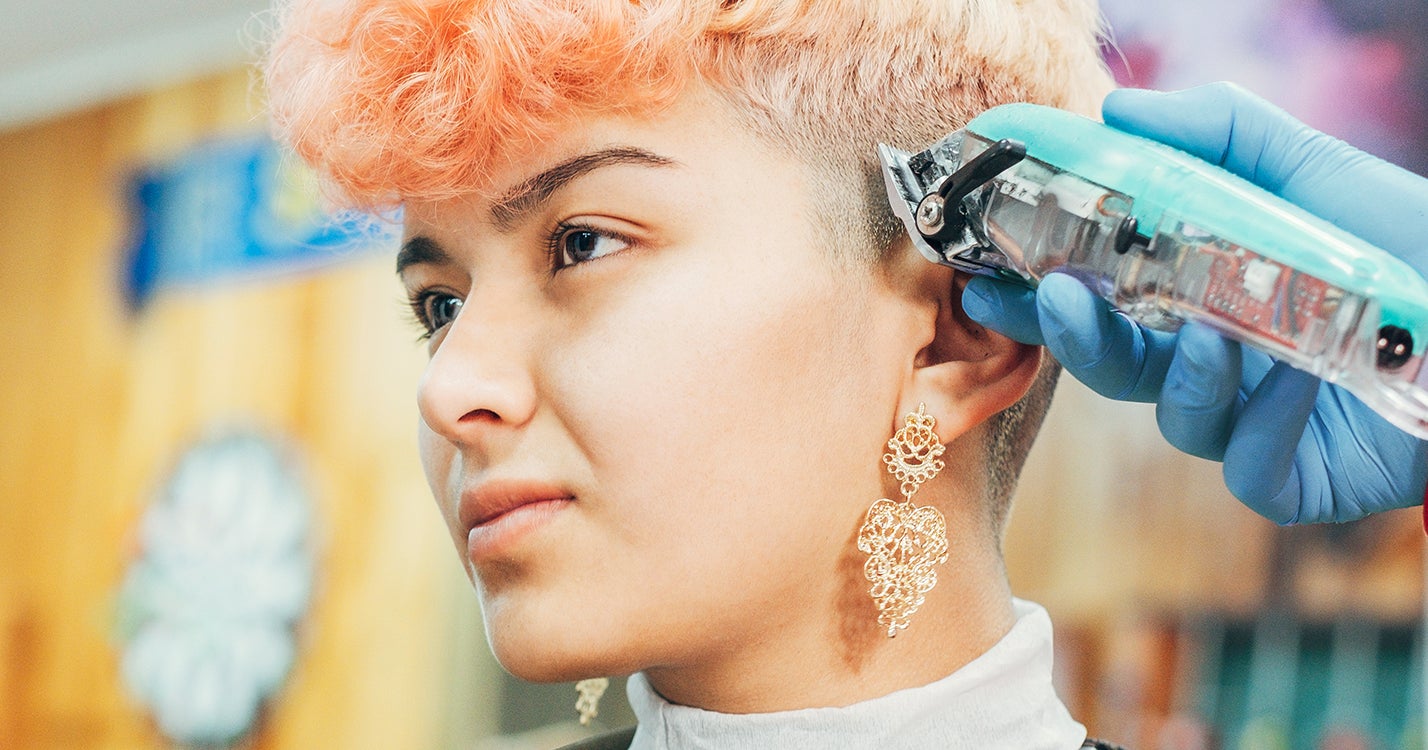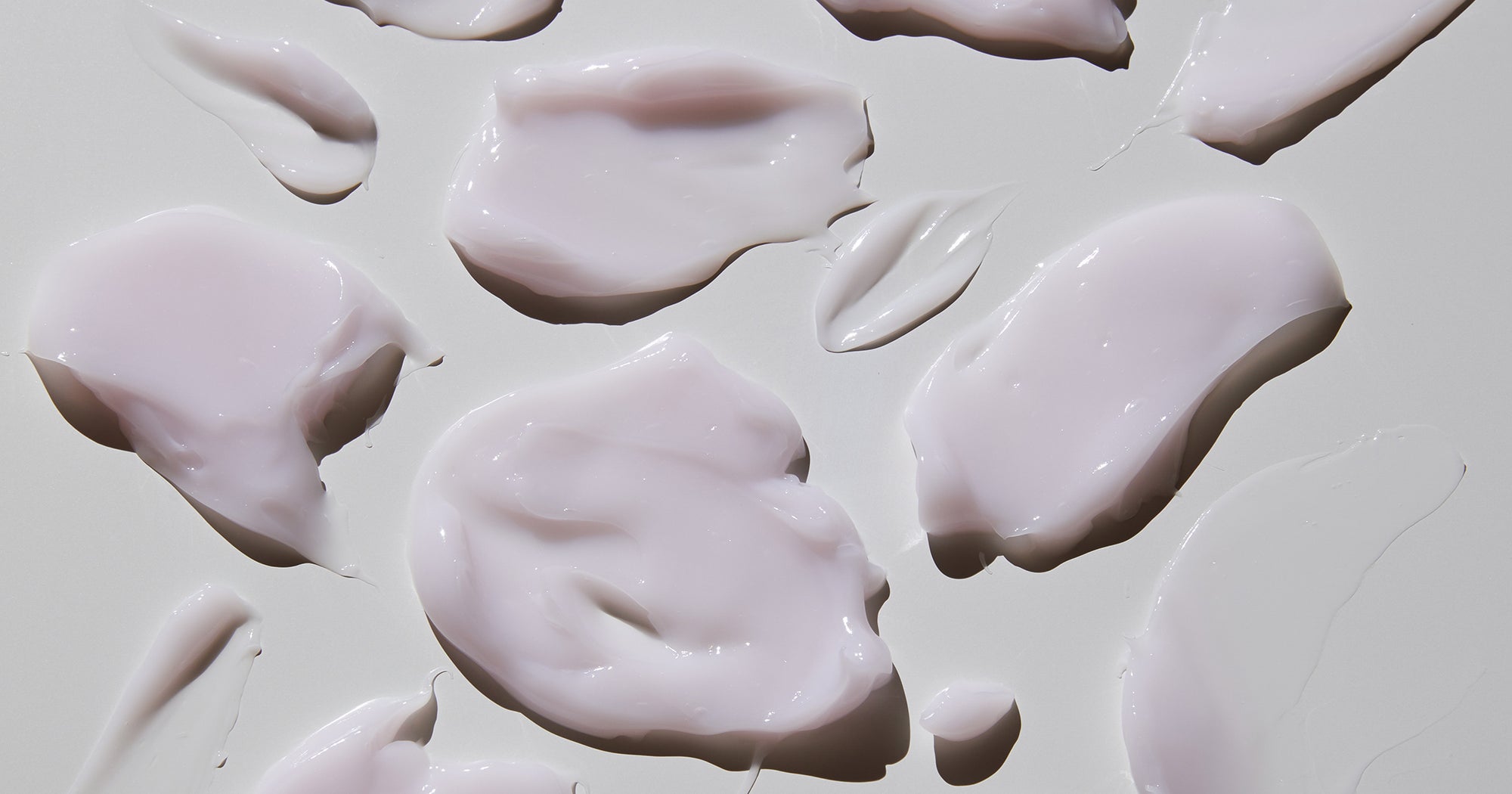The Supreme Court ruled that the social media platform TikTok must cut ties with ByteDance, its Chinese parent company, or cease its U.S. operations.Kayla Bartkowski/Getty Images
TikTok said it was working to restore service for U.S. users on Sunday following comments from incoming president Donald Trump that he would revive it.
The app had stopped working in the United States late on Saturday and disappeared from Apple and Google app stores ahead of a law that took effect Sunday, requiring the shutdown of the app used by 170 million Americans.
President-elect Donald Trump said on Sunday he would issue an executive order to revive the app after he is sworn in on Monday. In a post on Truth Social, he said the executive order would specify that there would be no liability for any company that helped keep TikTok from going dark before his order.
“I’m asking companies not to let TikTok stay dark,” Mr. Trump said in a post on Truth Social. “I will issue an executive order on Monday to extend the period of time before the law’s prohibitions take effect, so that we can make a deal to protect our national security.”
Other apps owned by ByteDance, including video editing app CapCut and lifestyle social app Lemon8, were also offline and unavailable in U.S. app stores as of late Saturday.
On Friday, the U.S. Supreme Court upheld the law on national security grounds, rejecting TikTok’s argument that the ban would violate Americans’ free speech rights and therefore should be overturned. The court also declined president-elect Donald Trump’s request to delay the implementation of the law to give him time to seek a resolution.
TikTok users prepare to say goodbye to the app with memes and odes to their ‘designated Chinese spy’
Get me up to speed. How did we get here?
Mr. Trump first tried to ban TikTok in August, 2020, with an executive order citing national security concerns, but the move was blocked by judges who found the president overstepped his authority and that the law violated the First Amendment. Congress revived the bill last spring after hearing classified Federal Bureau of Investigation briefings on the security risks of TikTok’s Chinese ownership; it passed in Congress with wide bipartisan support and was signed into law by Mr. Biden in April, 2024.
TikTok has been fighting the law ever since. In December, a federal appeals court ruled unanimously to uphold the ban.
On Jan. 10, the Supreme Court heard oral arguments that probed the nature of TikTok’s speech rights and concerns over national security, specifically that the app would enable China’s government to spy on Americans and carry out covert influence operations.
Noel Francisco, the lawyer representing TikTok and its owner ByteDance, told the justices that the law would impede the free speech of TikTok, so the First Amendment applies. Arguing for the Biden administration, U.S. Solicitor-General Elizabeth Prelogar said Chinese government control of TikTok poses a grave threat to American national security.
How did the Supreme Court rule?
In a unanimous decision, the court upheld the law on Friday, ruling it did not violate the U.S. Constitution’s First Amendment protection against government abridgment of free speech. The justices affirmed a lower court’s decision that had upheld the measure after it was challenged by TikTok, ByteDance and some of the app’s users.
“TikTok’s scale and susceptibility to foreign adversary control, together with the vast swaths of sensitive data the platform collects, justify differential treatment to address the government’s national security concerns,” the court said in the opinion.
Could Trump save the app?
On Sunday, Mr. Trump said he would revive TikTok access in the U.S. by executive order after he is sworn in on Monday, but said he wants the app to be at least half owned by U.S. investors. He said the executive order would specify there would be no liability for any company that helped keep TikTok from going dark before his order.
“I would like the United States to have a 50 per cent ownership position in a joint venture. By doing this, we save TikTok, keep it in good hands and allow it to say up,” he wrote on Truth Social.
Legal experts say that the law is written in a way that gives a lot of discretion to the president to determine what counts as a “divestment” or a sale of TikTok. “The president gets a lot of leeway. If ByteDance moves some assets from corporation A to corporation B, if it creates enough legal smoke and mirrors, then maybe Trump can use that to say, ‘Aha, I have determined that ByteDance no longer owns TikTok,’ even if ByteDance still owns TikTok,” said Alan Rozenshtein, a former Justice Department attorney and associate professor of law at the University of Minnesota.
Mr. Rozenshtein notes that this option could be legally challenged in court, but is also Mr. Trump’s most likely manoeuvre. “He will just declare that the law no longer applies and then see if anyone sues.”
People gather for a press conference about their opposition to a TikTok ban on Capitol Hill in Washington, DC on March 22, 2023.BRENDAN SMIALOWSKI/AFP/Getty Images
Mr. Trump could also try to get Congress to repeal the law, though this scenario is unlikely since the bill had wide bipartisan support.
TikTok CEO Shou Chew posted a video on the platform thanking Mr. Trump’s commitment to keeping the app available in the United States. “We are grateful and pleased to have the support of a President who truly understands our platform – one who has used TikTok to express his own thoughts and perspectives,” Mr. Chew said in the video.
In a statement on Sunday, TikTok said it was working to restore service and thanked Mr. Trump for reassuring service providers that they wouldn’t be penalized for providing the app to users.
“It’s a strong stand for the First Amendment and against arbitrary censorship. We will work with President Trump on a long-term solution that keeps TikTok in the United States,” the company said in a post on X.
Who could buy TikTok?
Several American investors, companies and content creators have expressed interested in buying TikTok, which analysts estimate could be worth as much as US$50-billion.
Los Angeles Dodgers owner Frank McCourt – backed by Shark Tank investor Kevin O’Leary, Guggenheim Securities and others – has said he is interested. Media reports say Beijing has held talks about selling TikTok’s U.S. operations to billionaire and Trump ally Elon Musk, though the company has denied that.
U.S. search engine startup Perplexity AI submitted a bid on Saturday to ByteDance for Perplexity to merge with TikTok U.S., a source familiar with the company’s plans told Reuters. Perplexity would merge with TikTok U.S. and create a new entity by combining the merged company with other partners, the person added.
YouTuber Mr. Beast, whose real name is Jimmy Donaldson, wrote on X that he would buy TikTok. “Unironically I’ve had so many billionaires reach out to me since I tweeted this, let’s see if we can pull this off,” he wrote in a follow-up post.
Privately held ByteDance is about 60-per-cent owned by institutional investors such as BlackRock and General Atlantic, while its founders and employees own 20 per cent each. It has more than 7,000 employees in the U.S.
What does the ban look like?
TikTok stopped working for its 170 million American users late on Saturday, hours before the law took effect.
When American users open the app, a pop-up message reads “Sorry, TikTok isn’t available right now. We are fortunate that President Trump has indicated that he will work with us on a solution. Please stay tuned!”
The law blocks the distribution, maintenance and updating of the app, explains Jennifer Huddleston, a senior fellow in technology policy at the Cato Institute, a research organization in Washington, D.C. TikTok has also been removed from the Apple and Google app stores.
TikTok went dark for American users late Saturday night.Andy Bao/The Associated Press
The most diehard TikTok users may still be able to access the platform through a VPN and American creators may hire people in other countries to post content on their behalf.
“It happens with Chinese socials all the time,” said Sam Saideman, the co-founder and CEO of the U.S.-based influencer marketing agency Innovo. He said it’s common for American artists and influencers to work with foreign agencies to post content on apps such as Douyin, which is China’s version of TikTok, only accessible in China.
Which apps appear to be the front-runners to take in the TikTok exiles?
The most likely beneficiaries are Instagram Reels, Snapchat and YouTube Shorts, says Mr. Saideman. In the leadup to the potential ban, he’s been telling creators to urge their audience to follow them on other platforms or to subscribe to their Patreons and e-mail or SMS lists.
Some content creators are jumping on the Chinese social-media app RedNote. The app has been thrust into the limelight after more than half a million TikTok users recently joined the platform in protest against the likely imminent ban. The app, known by its Chinese name “Xiaohongshu,” was co-founded by Miranda Qu, its current president, and Charlwin Mao, its CEO, in 2013 in Shanghai. It is widely regarded as the go-to search engine these days in China for recommendations and the most popular topics on the app span beauty, fashion, travel and food.
How is the U.S. TikTok ban affecting Canadians?
According to TikTok Canada, a ban in the U.S. would not affect the availability of the app in Canada.
However, Canadians would still feel the effects. “Canadian content creators will lose a vast audience, and users will lose all of the great content from U.S. creators,” said Philip Mai, a senior researcher and co-director of the Social Media Lab at Toronto Metropolitan University. “But like in India, users and creators will adjust if the ban sticks.”
Could TikTok also eventually be banned in Canada?
It’s hard to know. On the one hand, the Canadian government has already taken steps to quell national security concerns without banning the app outright, including prohibiting it on government devices and ordering the company to shut down its Canadian operations. (In December, TikTok Canada filed an appeal to this order.)
“The government went out of its way to emphasize they were not banning the app,” said Michael Geist, the Canada Research Chair in internet and e-commerce law. That suggests Ottawa was reluctant to make that move in 2024, possibly because of its unpopularity with TikTok users, he said. “I suspect that remains the case.”
But at the same time, there is a precedent for Canada being pressed to match U.S. tech policy.
Mr. Geist points to when Chinese tech giant Huawei was blacklisted in the U.S. in 2019, which led several companies, such as Google, Intel and Microsoft, to freeze business with the company. Then, Canada also banned the company from working on 5G infrastructure, which Mr. Geist says, was a decision made in part because of U.S. pressure.
With reports from Reuters














